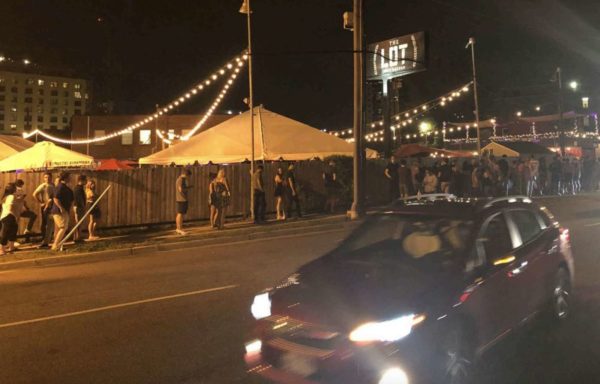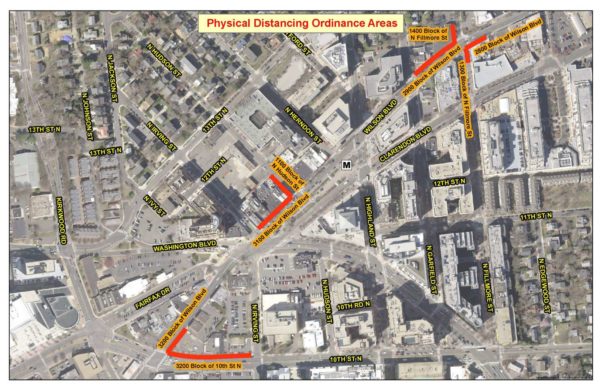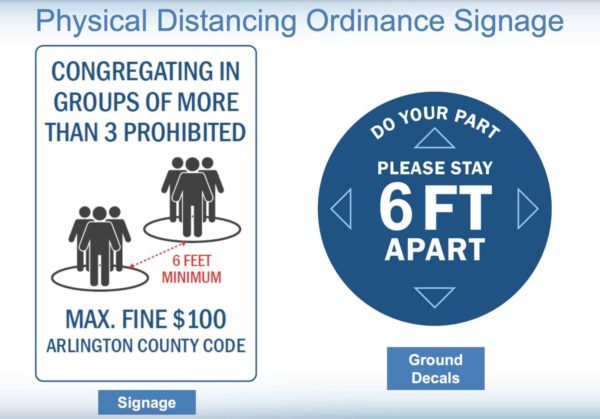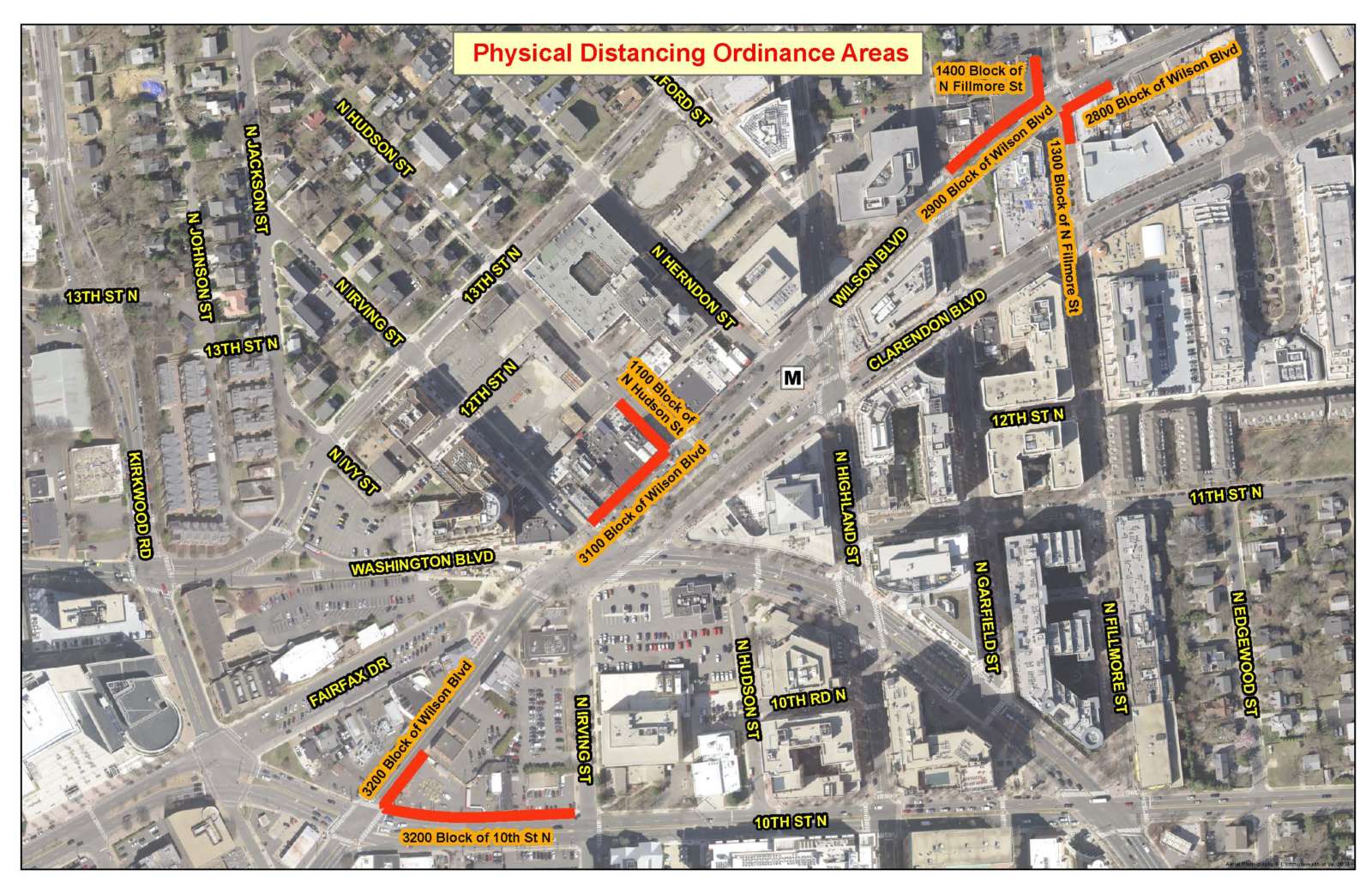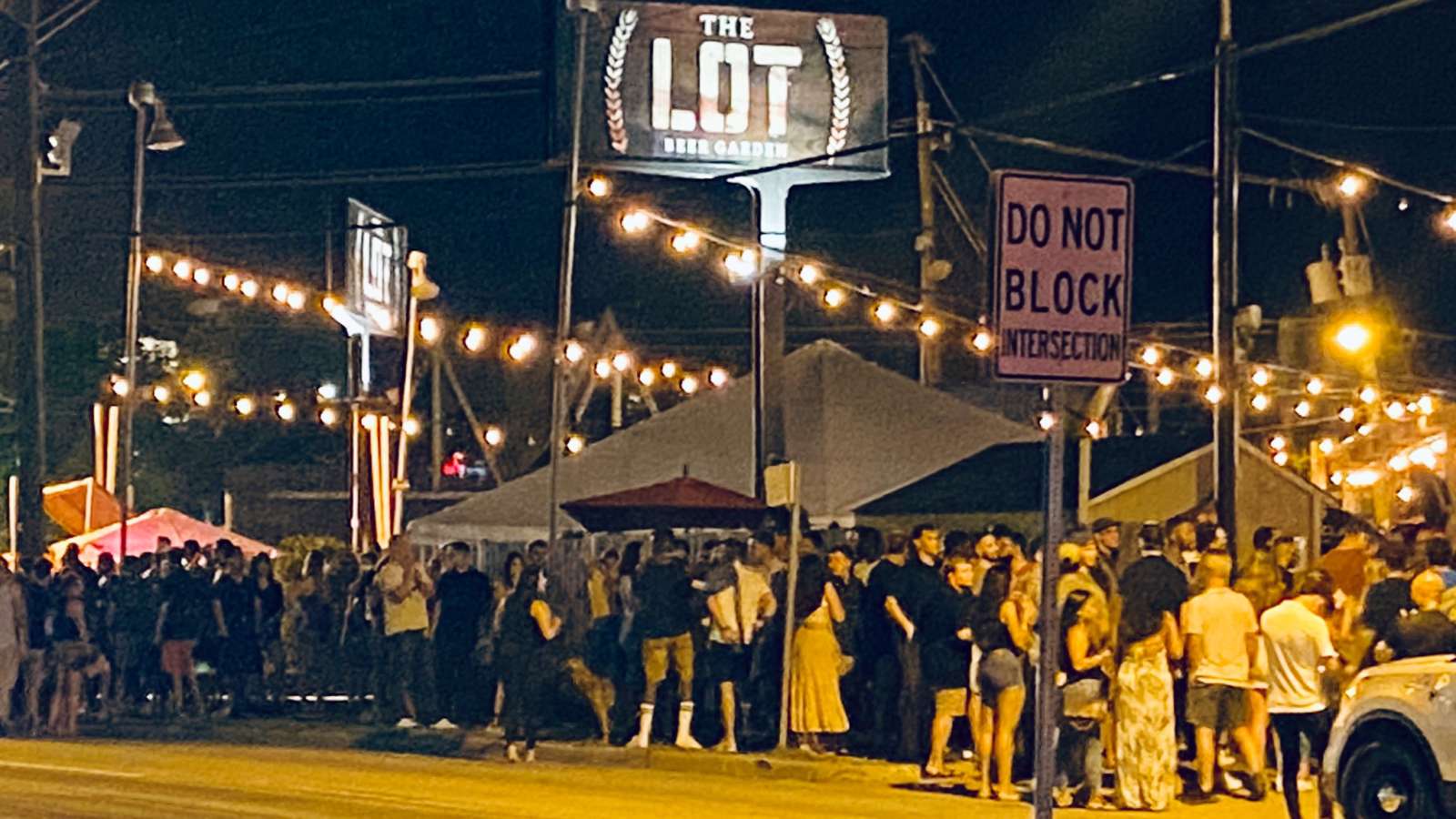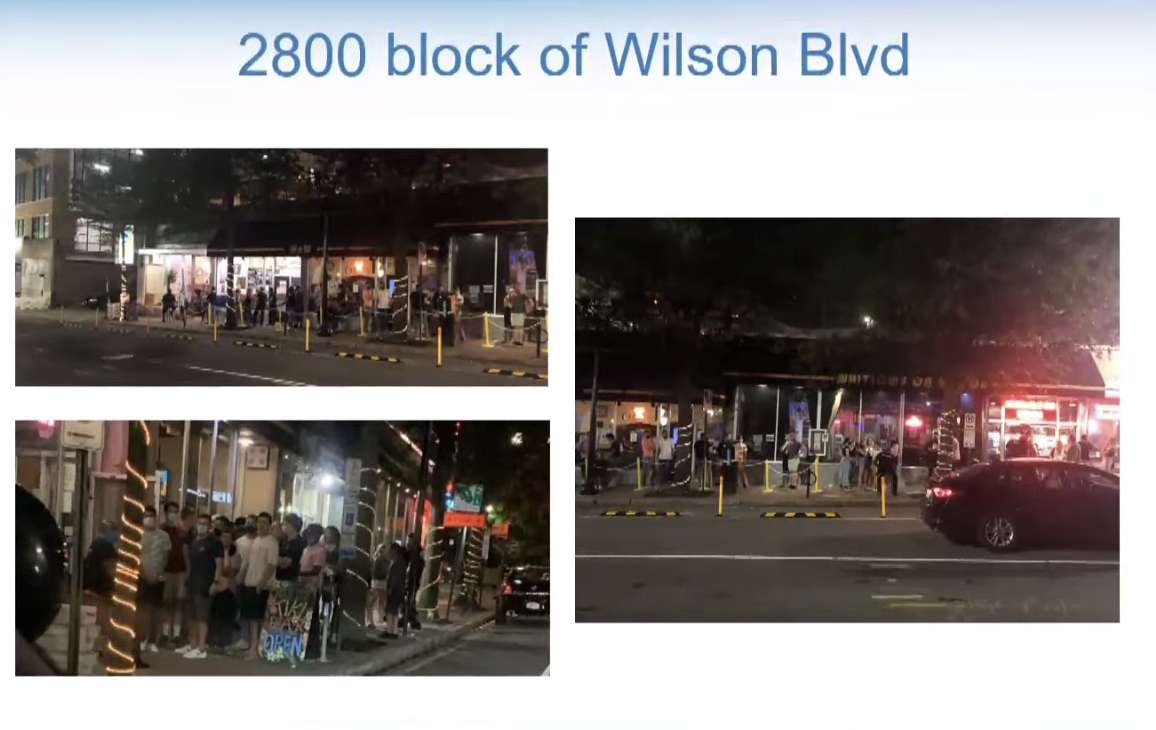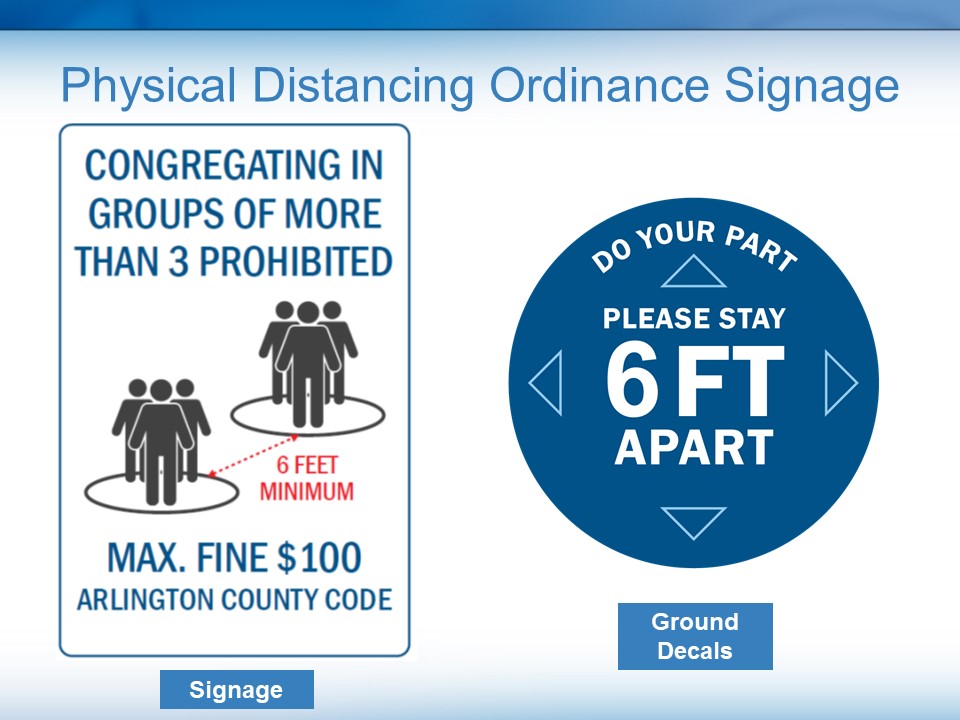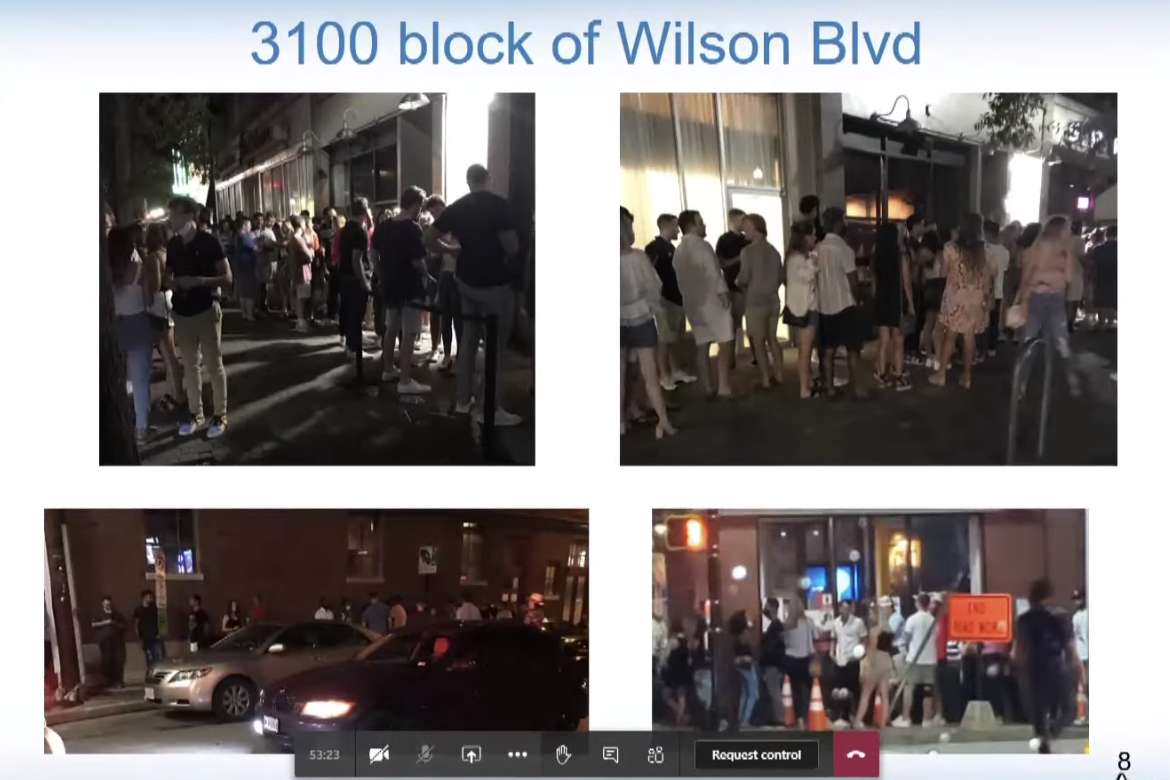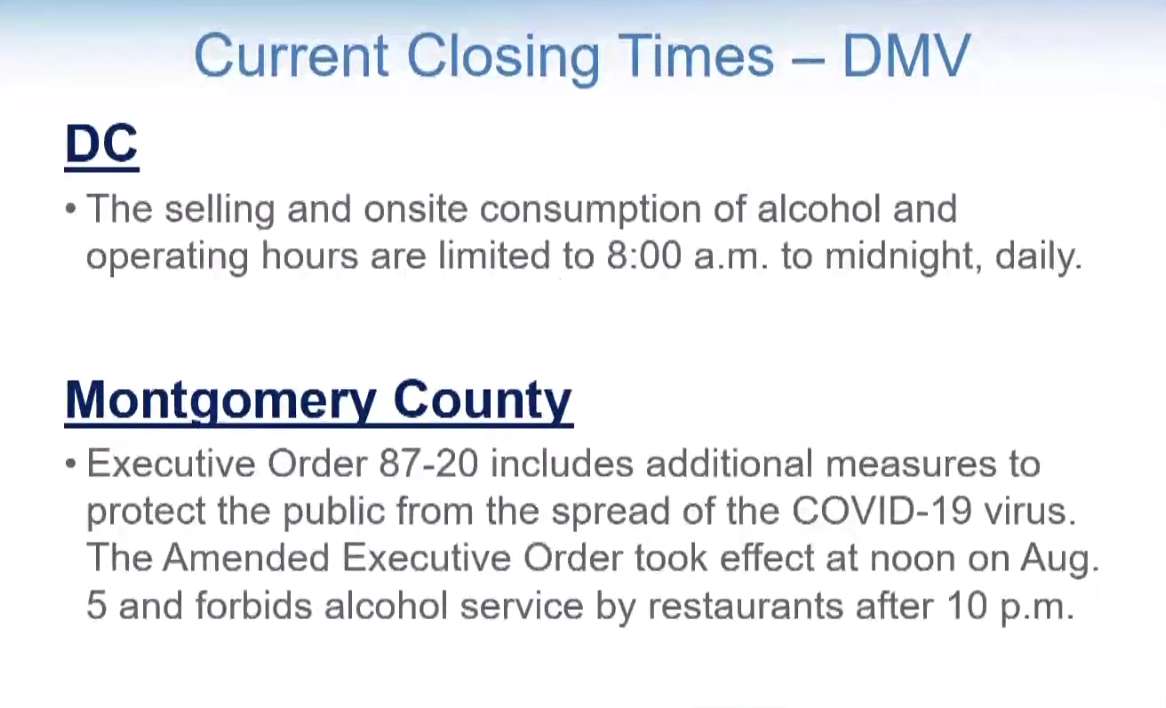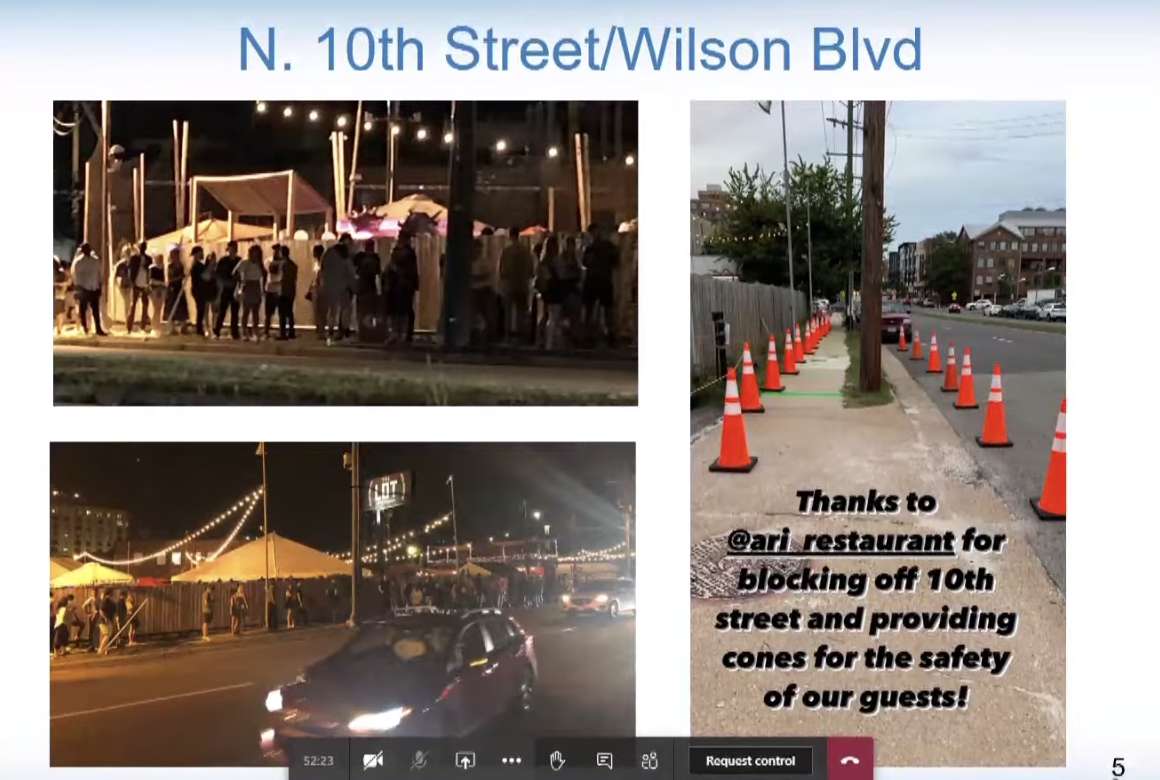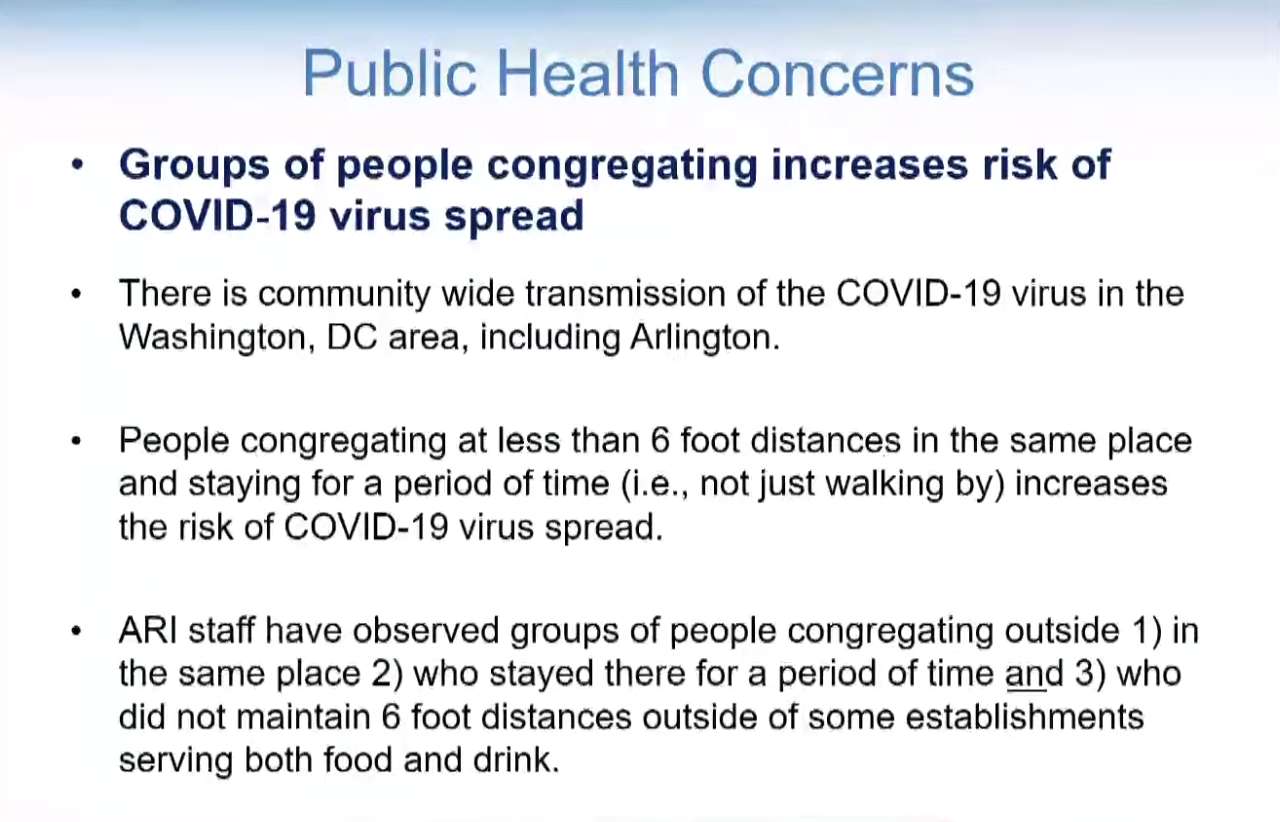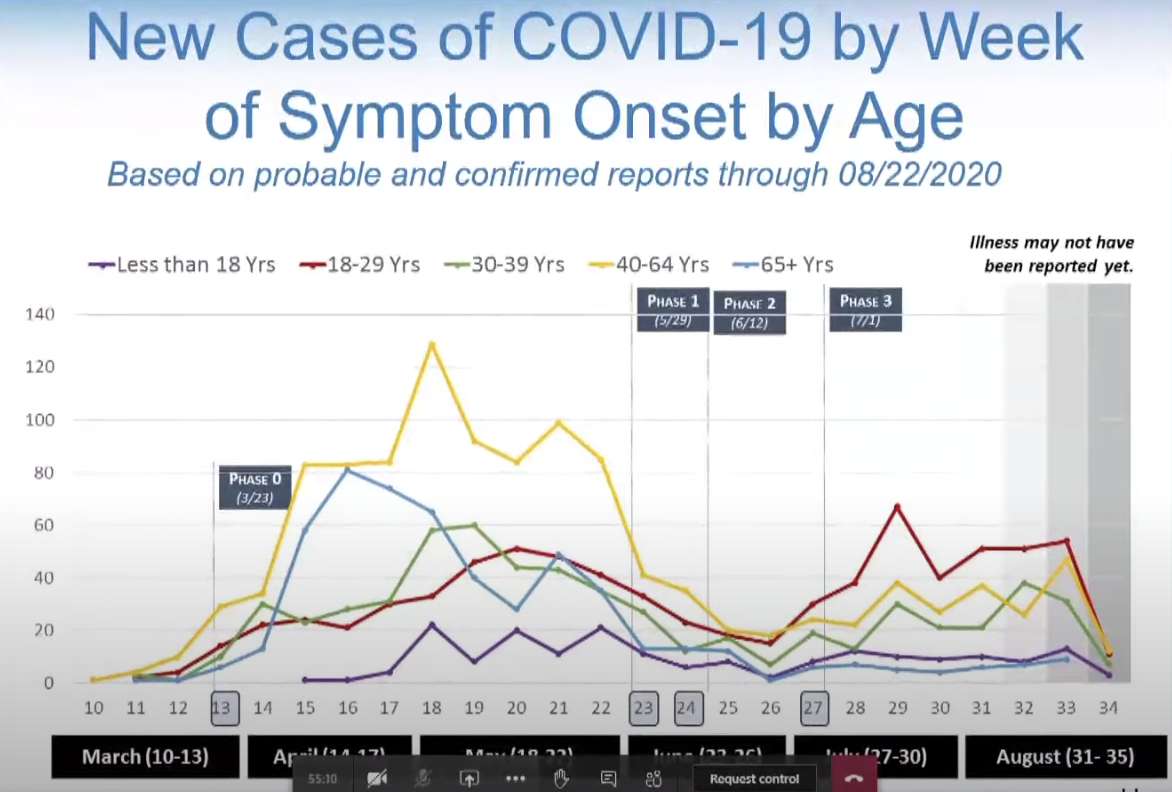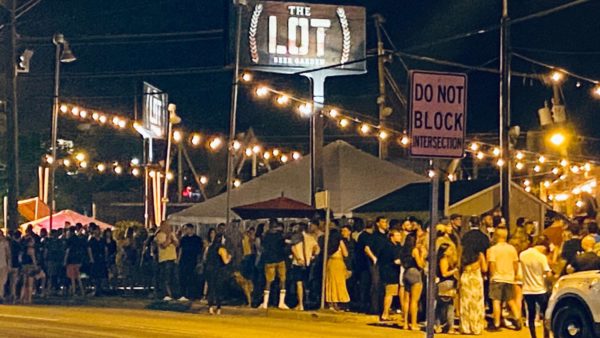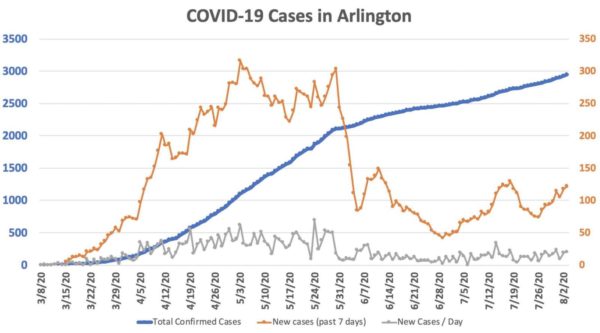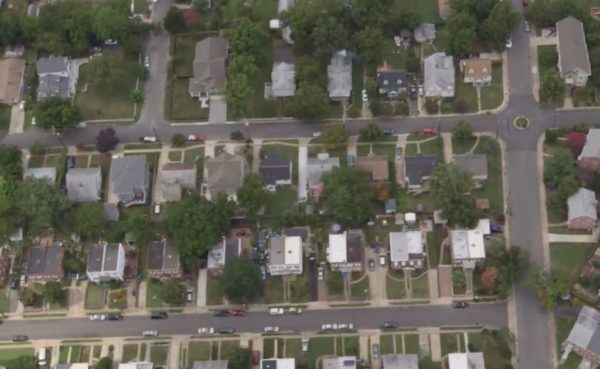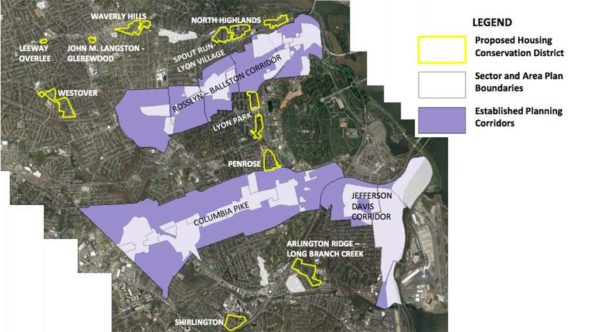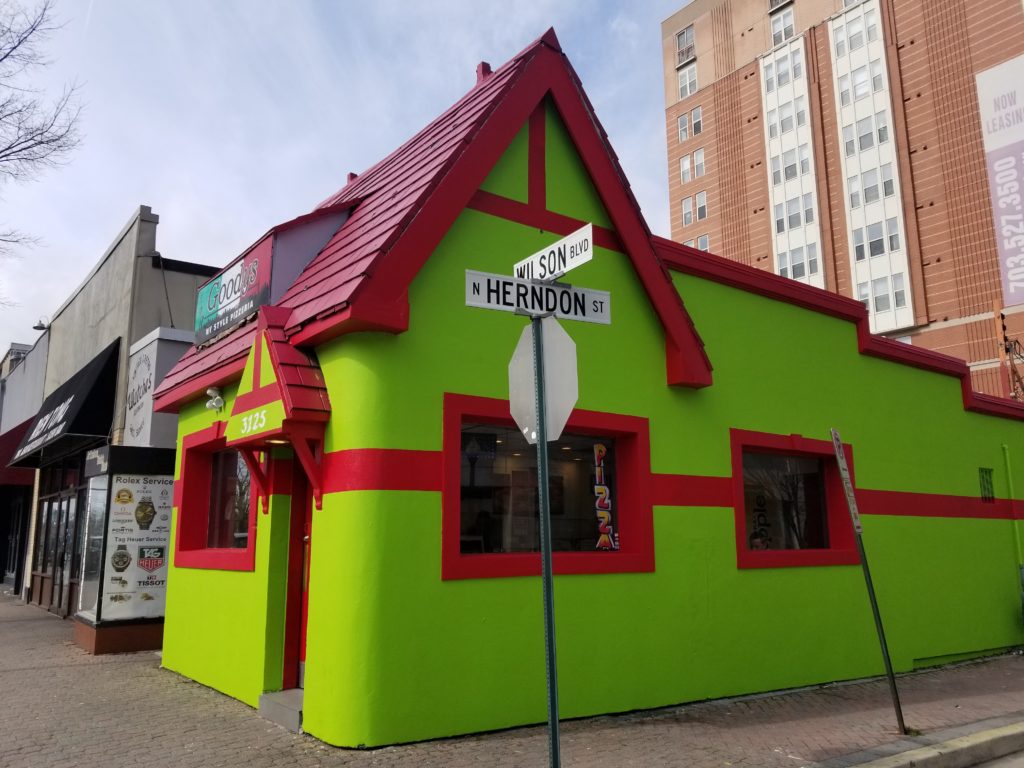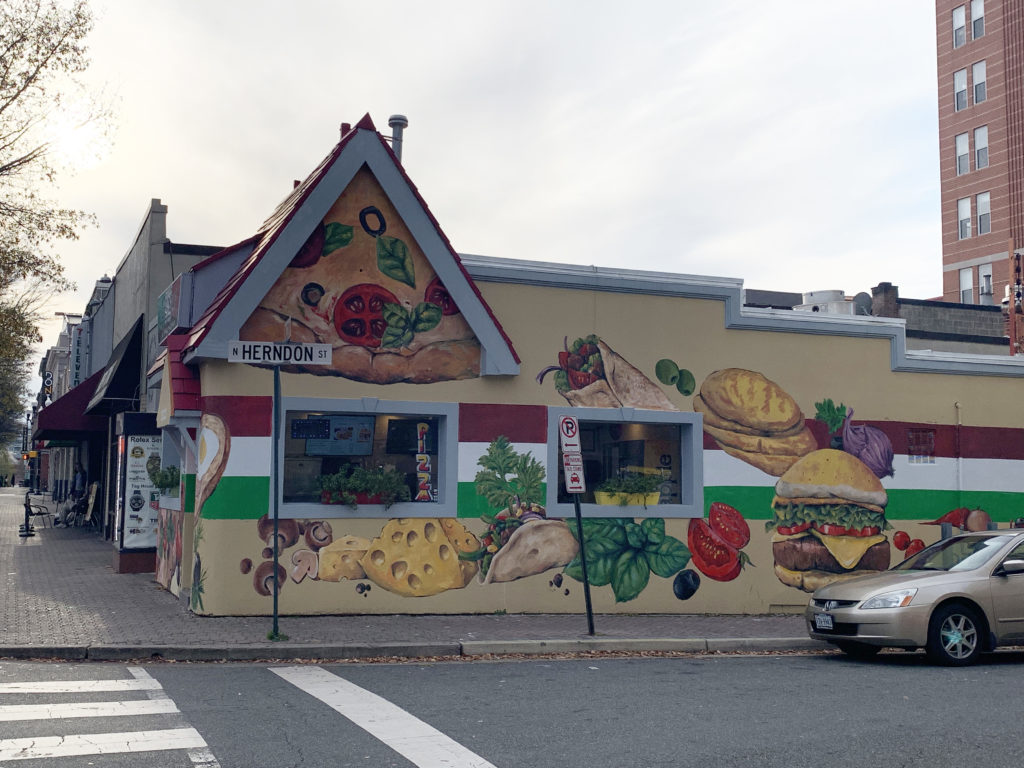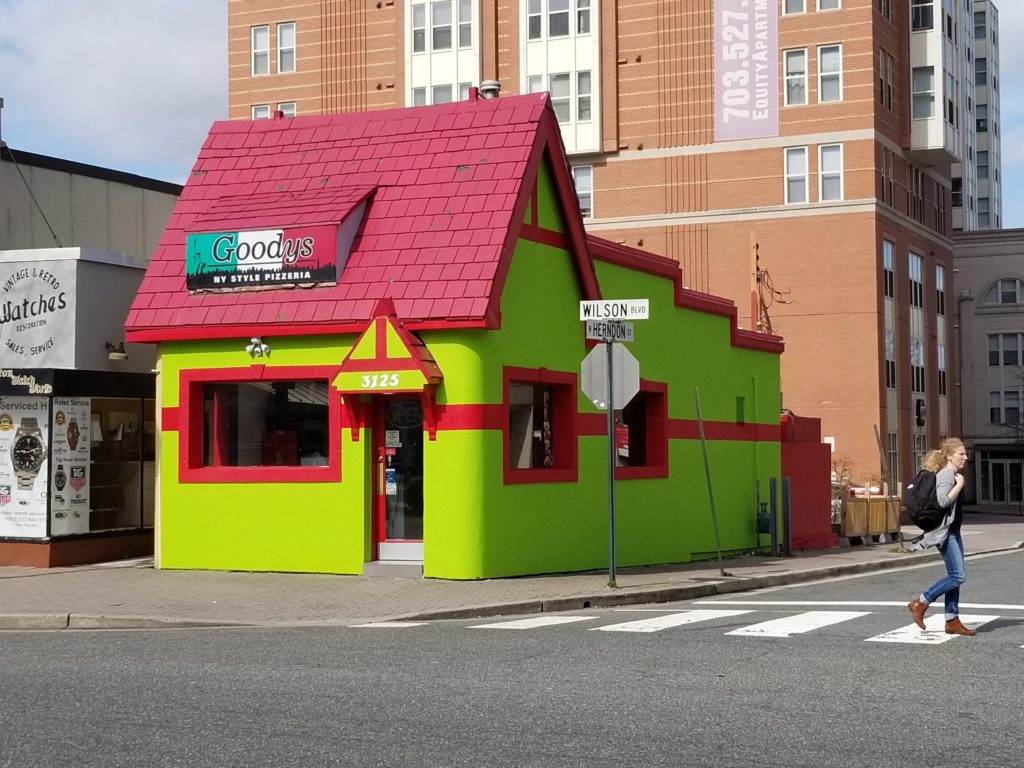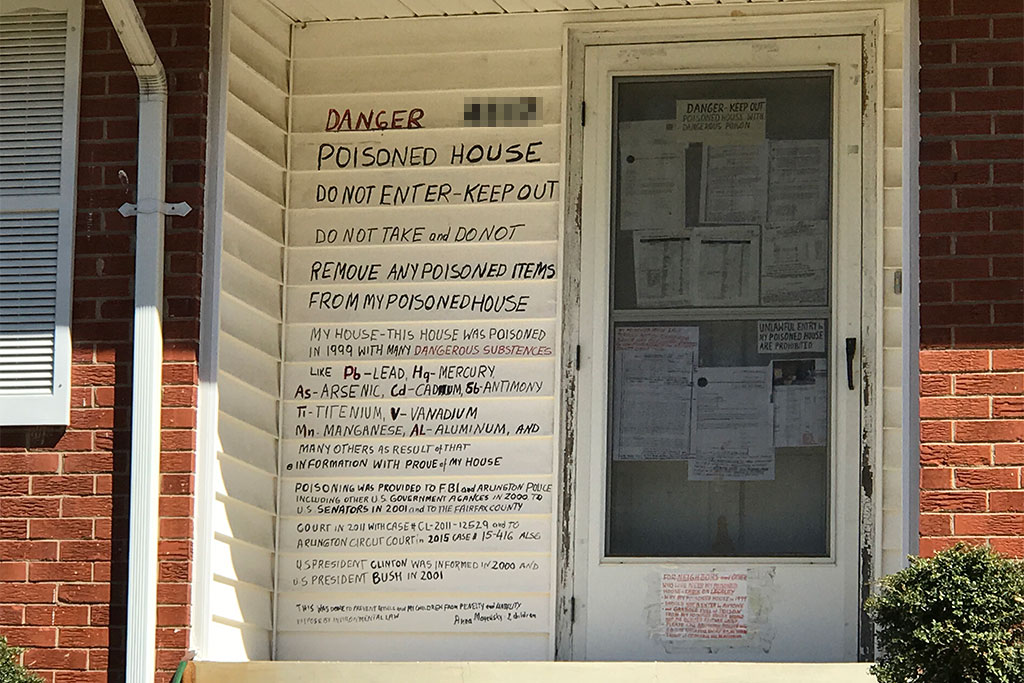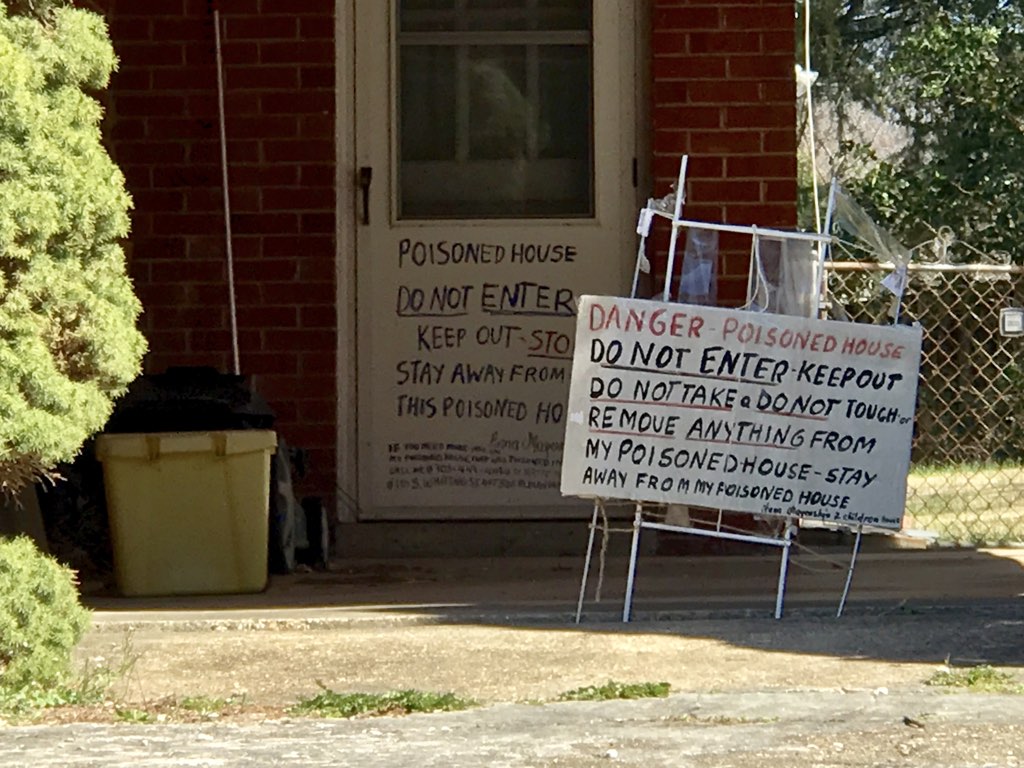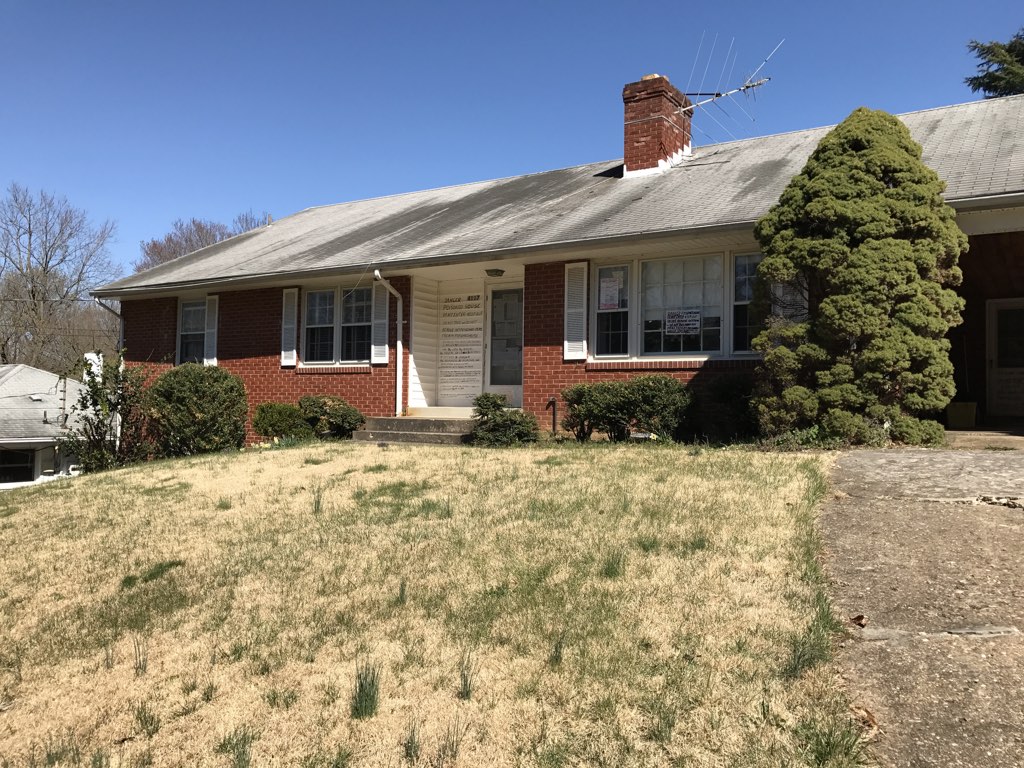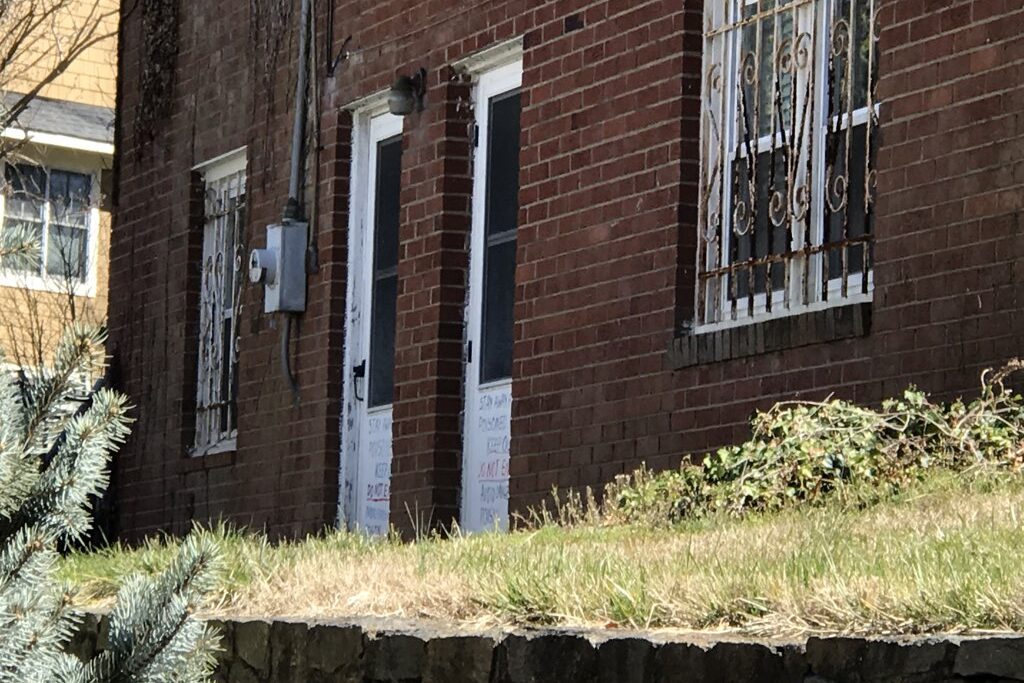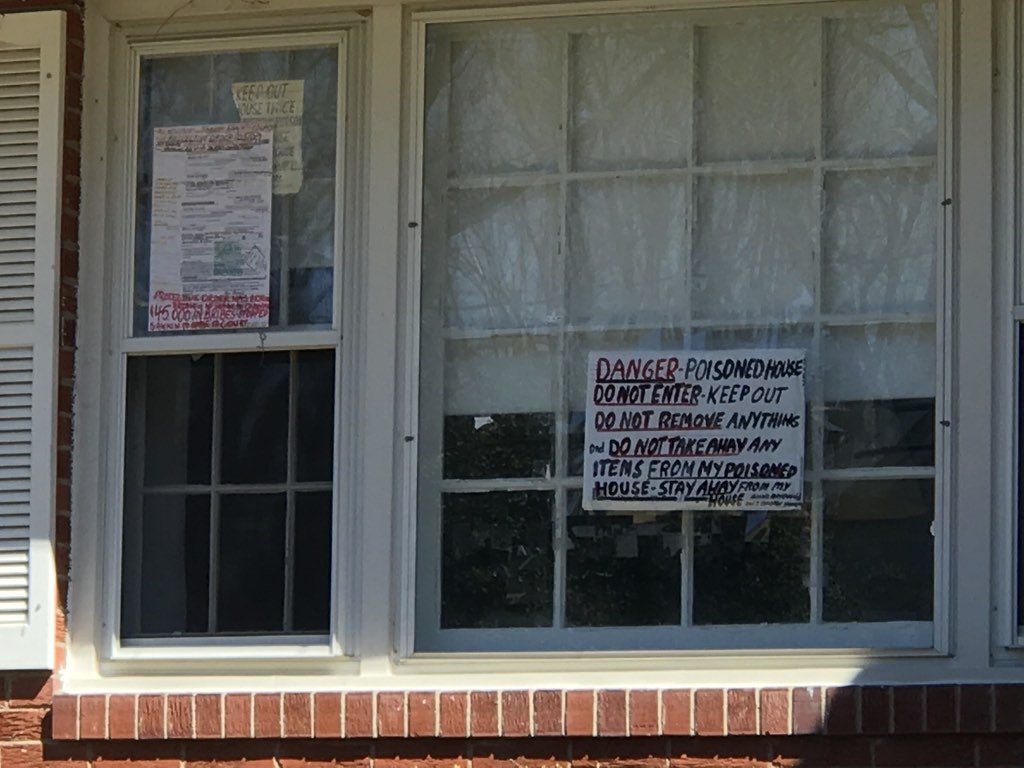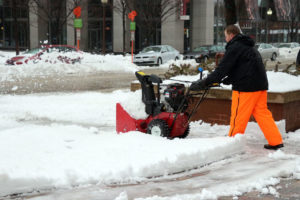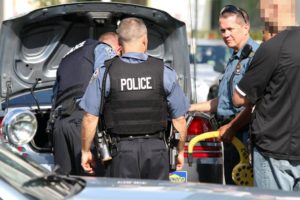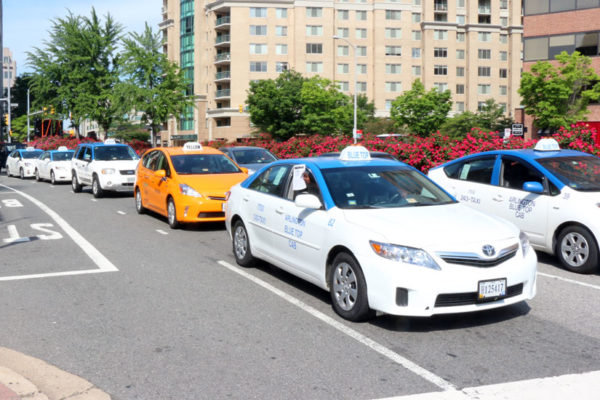
The Arlington County Board is considering two changes to help alleviate challenges facing the local taxicab industry.
The Board will consider allowing taxi companies to charge customers a temporary $1 fee due to rising gas prices. At the same time, it will separately consider increasing the number of years a vehicle may be used as a taxi.
Both items before the Board could go to a vote on May 14, dependant on a vote to advertise that date at this Saturday’s meeting.
If approved, the $1 surcharge per trip could be implemented for the six months between June 1 through Nov. 30, 2022.
“Gas prices have increased in the past year and substantially within the past month due to global unrest and macroeconomic factors,” according to a county report. “This is increasing operating costs for taxicab drivers.”
The county sets the fare rate for cabs on a biennial basis but the next analysis of the rate isn’t until 2023. But out-of-cycle amendments can be made with County Board approval.
The last time the rate was set, in 2016, it cost $3 for the start of the trip and $2.16 per mile after that, according to the report. Since, gas prices have risen to around $4.50 per gallon in the D.C. area. Other jurisdictions have enacted similar surcharges, with the District implementing a $1 surcharge for 120 days, and Fairfax County doing the same for two months ending June 11.

The County Board is also looking to increase the maximum age of taxi vehicles, which is currently capped at 10 years. The age cap change would depend on the type of vehicle.
From a report to the County Board:
- Increase the maximum model-year age for service from ten (10) years to twelve (12) years for gasoline-only powered non-wheelchair accessible vehicles;
- Increase the maximum model-year age for service from ten (10) years to fifteen (15) years for wheelchair accessible vehicles; and
- Increase the maximum model-year age for service from ten (10) years to fifteen (15) years for hybrid, plug-in hybrid and/or electric vehicles.
If you’ve noticed fewer taxicabs on the road in Arlington, it’s not just your imagination.
Facing continued competition from companies like Uber and Lyft, the number of taxis authorized to operate in the county has decreased to 477 from 847 in 2017. Vehicles used for ride-sharing apps, dubbed Transportation Network Companies, are allowed to operate for longer, at 14 years and 16 years, than those that are operated through the six Arlington cab companies.
“This difference puts an inequitable cost burden on taxi operators to replace their vehicles more frequently than their TNC counterparts,” the report says.
The report also points to the importance of the cab fleet in providing service as part of the Specialized Transit for Arlington Residents (STAR) paratransit program. Out of the 477 currently authorized vehicles, 39 are wheelchair accessible, the report says.
The Transportation Commission has already recommended the Board adopt the life-span changes and gas surcharge following public hearings. Both ordinance changes were requested by taxicab companies that operate in Arlington, including Crown, Hess, Friendly, Red Top, Arlington Yellow, and Blue Top Cab.


